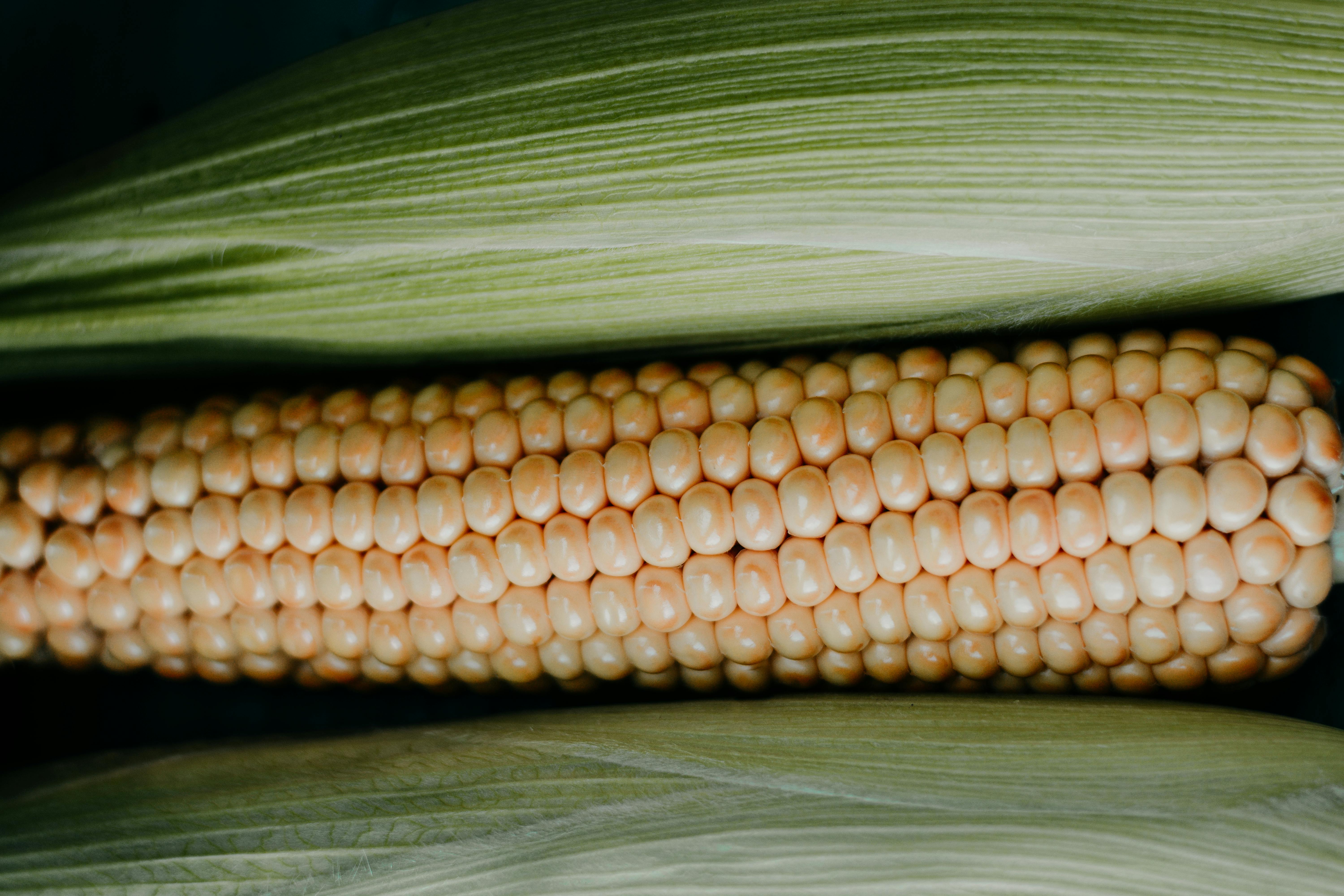Understanding the Concept of Range in 2025
As we move into 2025, the concept of range continues to play a vital role across various fields, from mathematics to programming and data analysis. In essence, the range is the difference between the maximum and minimum values in a set of data, often described using a range formula. Understanding how to effectively define and calculate range helps in various applications, such as statistical analysis, data interpretation, and in setting specific boundaries in programming.
The importance of range extends beyond mere numbers. It encapsulates decision-making processes, performance assessment, and exploration of possibilities. This article will delve into various aspects of range including its definition, calculation methods, and real-life applications. We will explore how defining a range can lead to better insights in different domains.
For instance, while calculating the mathematical range, one must consider the range of values involved. This becomes pivotal in statistics and finance, where the data range influences critical decisions. Key takeaways will include insights into effective range management and practical applications relevant for both professionals and beginners alike.
How to Properly Calculate the Range of Values
Building on the foundational understanding of range, let's explore the range calculation process. To find the range of numbers, one must identify the maximum and minimum values within a data set.
Establishing the Maximum and Minimum Values
The first step in calculating range is to establish the maximum and minimum values from your data set. This can be done through range assessment methods. For example, consider the scores of students in a class:
- Scores: 88, 72, 93, 85, 77
- Maximum Score: 93
- Minimum Score: 72
With these extremes defined, the calculation proceeds:
Range = Maximum - Minimum = 93 - 72 = 21. Thus, the range is 21, indicating the spread of scores within the class.
Using the Range Formula in Calculation
The range formula provides a Streamlined approach to calculate the range using the expression:
Range = Max(X) - Min(X) where X is the dataset.
Employing this formula not only simplifies the process of calculating range but also ensures accuracy in analysis, particularly in instances such as quality assessment and performance evaluation.
Examples of Range Calculation in Real-Life Scenarios
Range has applications in various domains. In finance, determining the maximum range of stock prices over a specified period can help investors make informed decisions. For instance:
- Stock Prices over a week: $120, $130, $125, $140, $150
Calculating range here allows investors to assess risk and volatility. Similarly, understanding the range in statistics of test scores can help educators identify students who are underperforming.
Exploring Different Types of Ranges in Statistics
With these fundamentals established, let's investigate various range types encountered within statistical analysis. Understanding these different types can significantly enhance range selection and application in research and data science.
Descriptive Range and Its Importance
One of the most common types of range in statistics is the descriptive statistics range, which gives a summary of the variation in data. This type of range allows analysts to gauge how spread out their data points are, which is particularly helpful in identifying trends and anomalies.
Fixed vs. Variable Ranges
Ranges can also be categorized into fixed range and variable range. Fixed ranges are static boundaries, often seen in applications such as drawing graphs or setting specific limits in programming. On the other hand, variable ranges allow for dynamic adjustments based on changing data inputs, proving essential in real-time data analytics.
Application of Ranges in Real-Life Decision Making
Considering the application of ranges in finance, a study on the range of interest rates can affect lending decisions significantly. By understanding the range of interest rates historically, financial analysts can better forecast potential risks and returns, facilitating informed decision-making.
Range Expansion Techniques in Various Disciplines
This naturally leads us to explore techniques for range expansion across different disciplines. As we optimize range applications, being aware of the various techniques helps leverage data for strategic advantages.
Range Analysis Methods
Employing various range analysis methods enables a more profound understanding of data sets. Techniques such as data range correlation help in identifying relationships between variables. In practice, these methods can enhance performance metrics in industries like marketing and operations.
Using Range in Programming
In programming, defining a range in programming allows for effective looping and iteration efficiently. For instance, languages like Python use the range function to create sequences, leading to clean and effective code.
Maximizing the Potential of Range in Business Strategies
In business, understanding the range in finance can optimize resource allocation. Businesses can assess varying market conditions by analyzing historical range data for sales, which assists in range decision-making.
Common Questions About Range and Its Applications
As our exploration of range concludes, let's address common questions that arise concerning this versatile concept.
What is the significance of understanding range?
Understanding range is critical, as it helps identify variability in data sets, which is fundamental for analysis in statistics, finance, and various fields.
How can I calculate the range of my dataset?
To calculate the range, identify the maximum and minimum values within your dataset and use the formula: Range = Maximum - Minimum.
What are some practical applications of range?
Range has applications in finance, education, data analysis, and programming, aiding in decision-making and performance assessment.
By comprehensively understanding range, we can unlock various opportunities across sectors, driving informed results and optimizations. In doing so, we pave the way for advancements that benefit both individuals and organizations.
